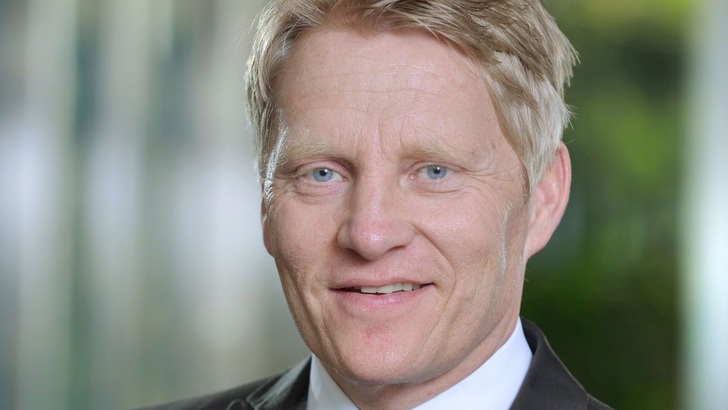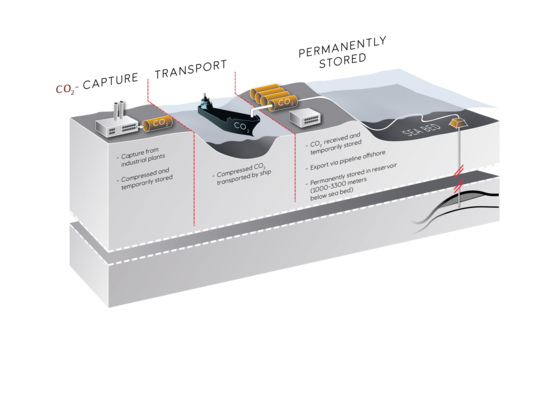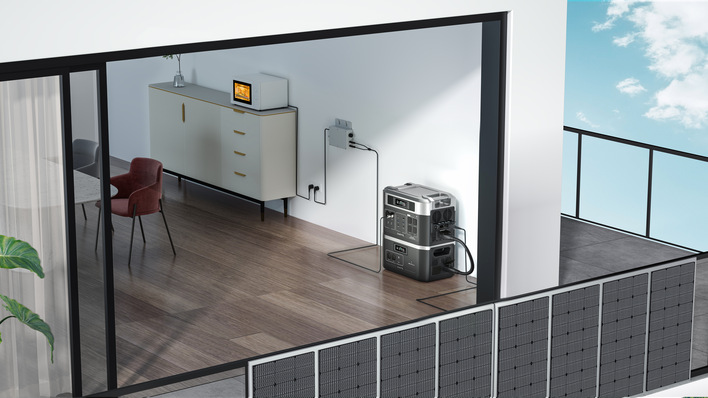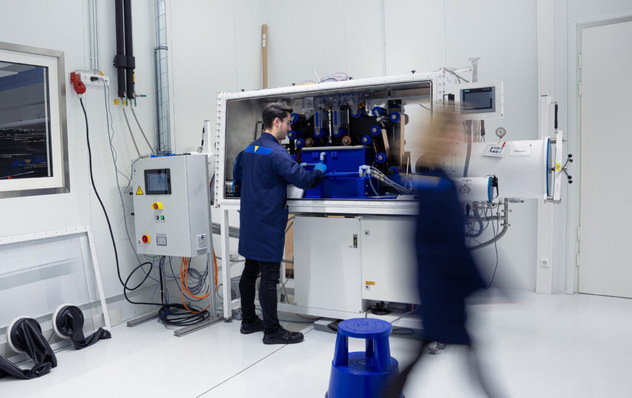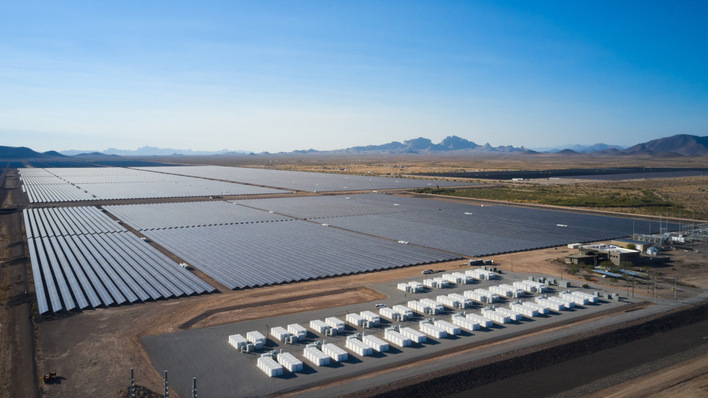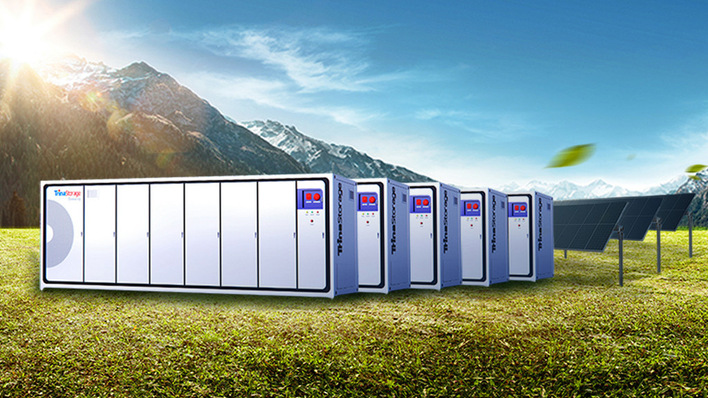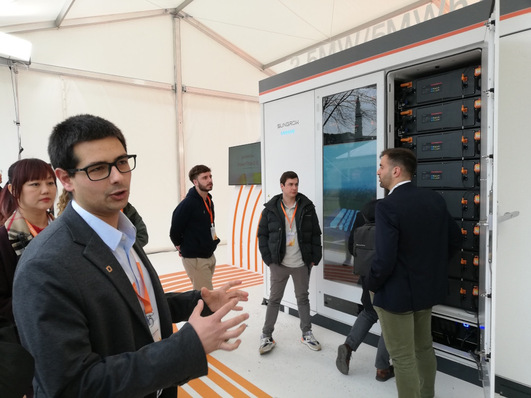pv Europe: How is business going for E3/DC?
Andreas Piepenbrink: Last year was extremely successful. We grew by 65 percent, virtually went through the roof. And we will be able to achieve that this year as well, although we didn't expect that to such an extent. With this in mind, we can be very happy with what we did in marketing and distribution. We are currently increasing our market share.
Which target groups are most important to you?
Definitely installing companies. Three quarters of the systems we distribute go straight to that circle of customers. The other quarter will go through new partners such as N-Ergie in Nuremburg, the municipal utilities that are part of the Thüga Holding or our participating interests in RWE. That is a sales channel that we have opened up for ourselves and that the utilities are willing to join us in.
How soon do you intend to get involved in other growing markets like Italy or Australia?
At first we will move into Italy, where the market promises sales of 3,000 to 4,000 storage units per year. We will take that on this year. The Australian market already is larger, reaching almost 10,000 units last year. We will need to think about logistics first. It would make sense to ship the batteries directly to Australia and to complete them there. After all, there already is a market, which will work to our advantage. We want to sell ten to 15 percent in these two markets by 2018.
How do you see the US?
The United States are mostly about back-up systems. We see a huge market developing there, but that will still take some time. These days, self-consumption is still stalled by net metering tariffs and economical concepts have yet to develop. Companies such as Tesla are the world’s largest battery manufacturer, and are poised to become even larger. Tesla Energy will easily be able to serve that market very flexibly.
Let us return home: How could the storage market in Germany develop?
At the moment, the political sphere seems to put on the breaks and is unwilling to accept batteries as beneficial to the grid. It also does not want to encourage commercial enterprises to continue to self-supply using PV. But this market is unstoppable. What works for private homes will also and in particular work for the commercial sector and industry. I am convinced of that. So far, we have seen a certain amount of demand from North Rhine-Westphalia, where some subsidies for commercial storage are in place. Anywhere else, this segment should experience only very moderate growth this year.
In what way are storage systems expected to develop from a technical stand point?
There are two trends that I can see: First, batteries will become larger. For the Black Line of our E series we have introduced new battery types and a larger battery, which might even be a little larger than necessary. By controlled discharging and through the system reserves we can even achieve a discharge depth of 100 percent. The energy density will continue to increase and with rising sales of electric cars, the price per cell will also continue to fall. In 2018 and 2019, we will again see slightly falling prices for batteries.
At Intersolar you launched your new system Quattroporte. What innovations does it have?
Quattroporte is Italian for ‘four doors’. The system is fully modular. It allows you unlimited options to put together any amount of output – just like stacking Lego bricks. The Quattroporte always fits. The cabinet is quite small, with an inverter module, a battery module and the energy management unit. The version Duo can store up to 21 kilowatt hours, and it is a three-phase system. This can be infinitely multiplied. For example, nine inverters and 12 battery modules can easily be combined to add up to 63 kilowatt hours or – quite easily – much more. It is our first AC unit for commercial applications, and also with an eye on entering the international markets in Italy and Australia. However, this product is simple in its set-up and is also aimed at competitors that have so far been able to hold their own with highly simple products or as first-movers.
What else did you present at the Intersolar Europe?
Along with the Quattroporte, we presented the next generation of our home power station, which has an output of 12 kilowatts. This is interesting for the market of primary regulation energy or for electric mobility. 12 kilowatts are sufficient to provide emergency power to a commercial business or to properly charge an electric car.
You mentioned two trends: What is the second development that you can see for storage systems?
The trend towards system warranties. Again, here we are ahead of the field. We do not give our customers a current value replacement warranty. This has no real definition. If a battery module stops working that usually renders the system useless. That is a bit of a sham. Our customers get a full warranty, which means that we will repair the system at no cost, even the electronics that is in the system. We can do this because we have excellent quality ratings: 95 percent of our customers rate us to be good or very good. When it comes down to it, I believe that it is quality which currently and in the future will make or break a supplier in this market. (Heiko Schwarzburger/HCN)
Read more about energy storage
Stay informed, get our free newsletter twice a week. Register here: http://www.pveurope.eu/Newsletter
Related news:
http://www.pveurope.eu/News/Energy-Storage/Energy-storage-costs-prices-and-finance-at-a-glance

